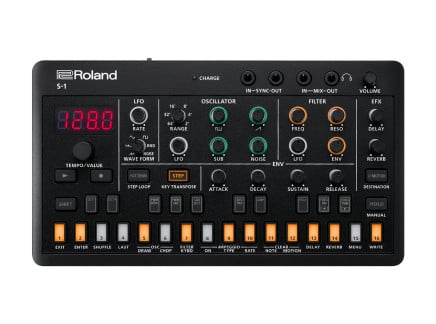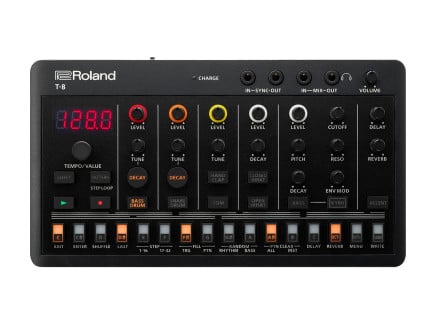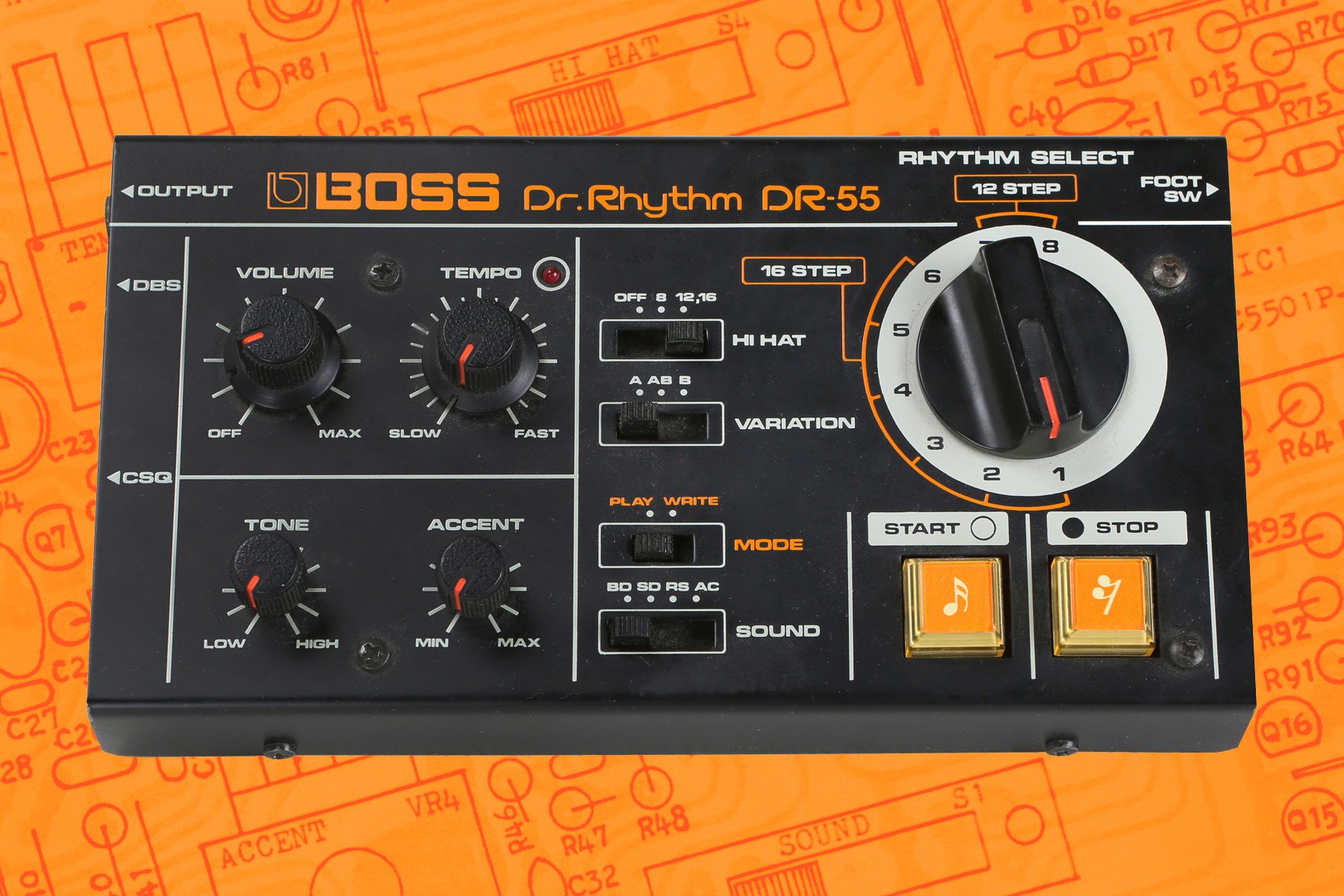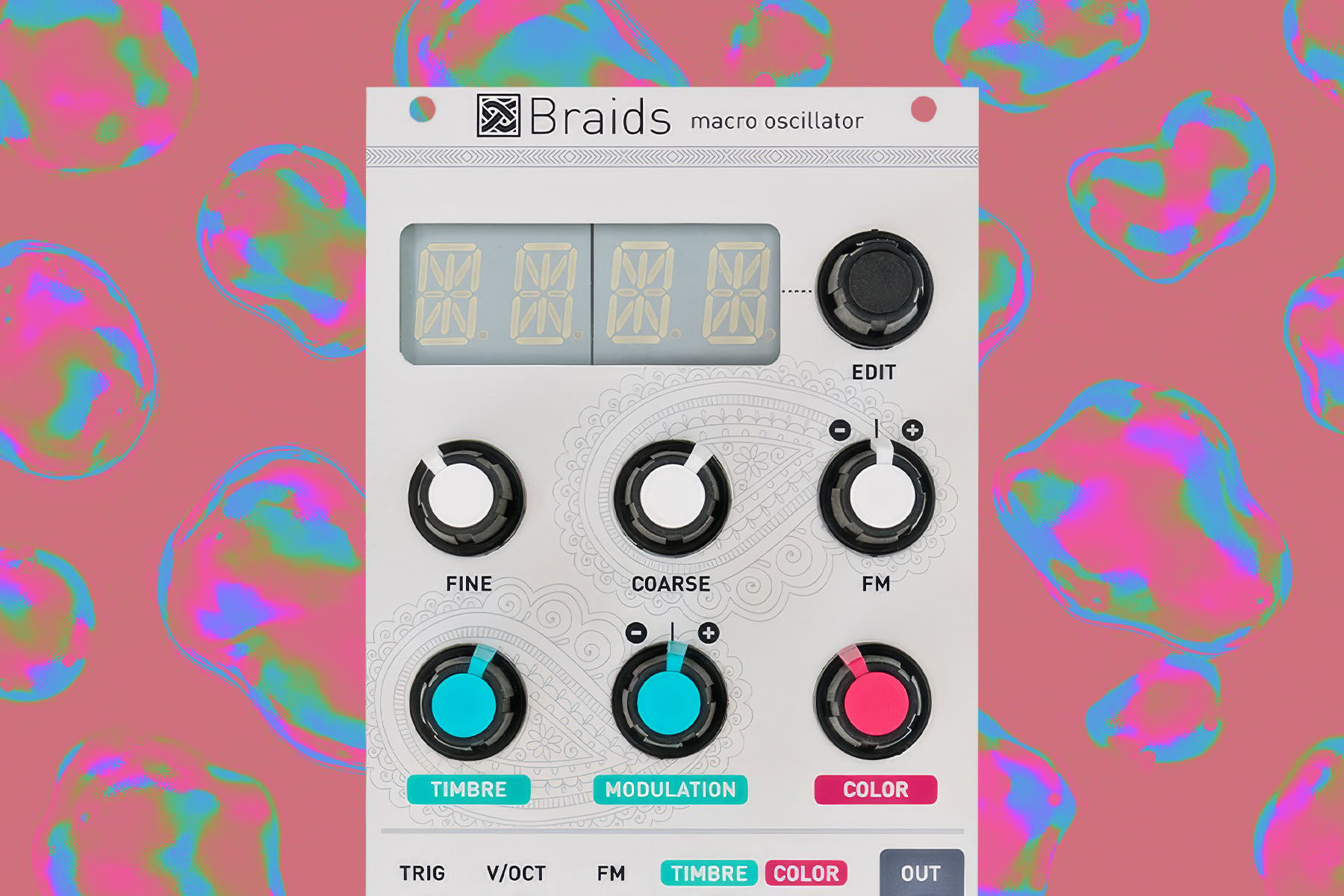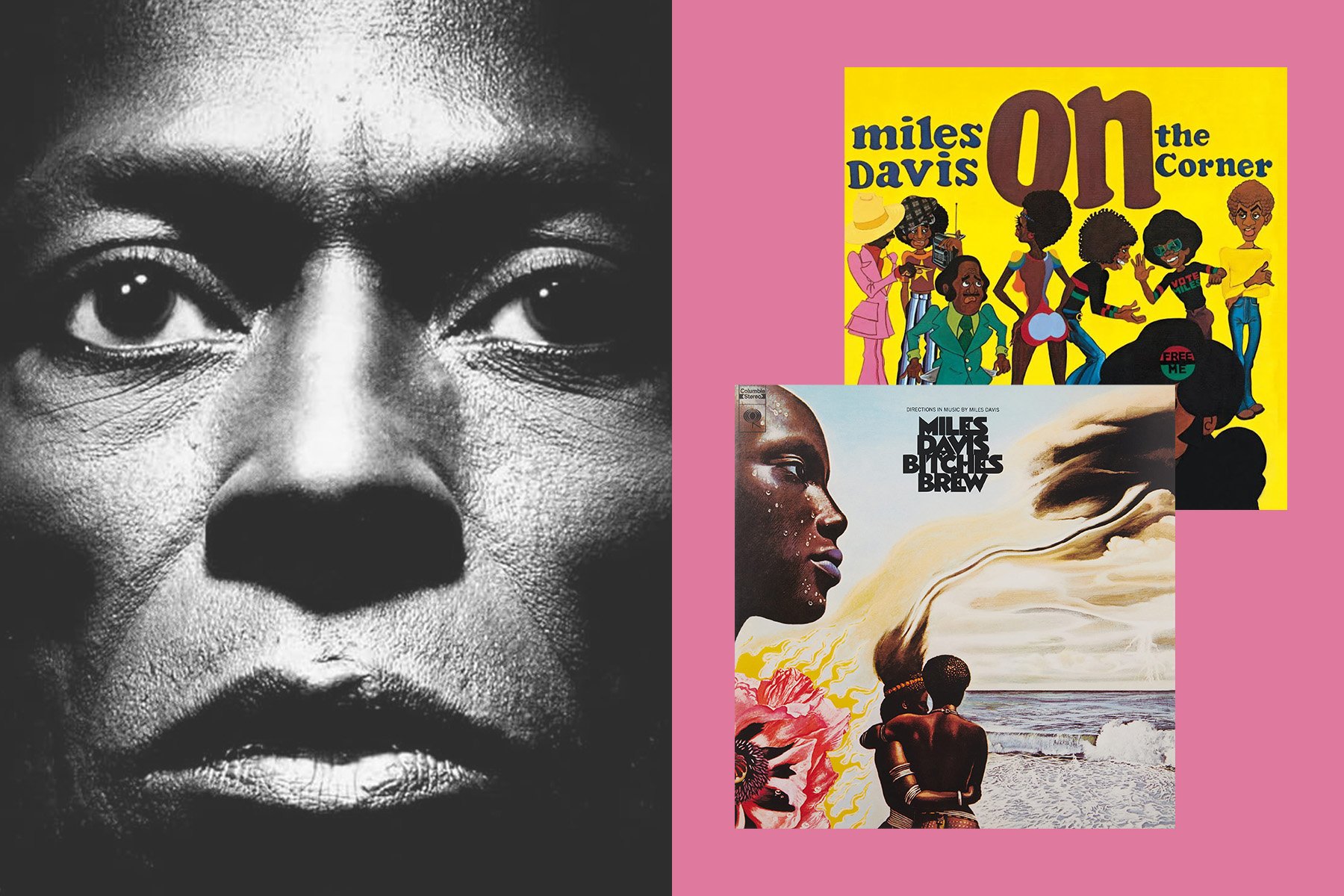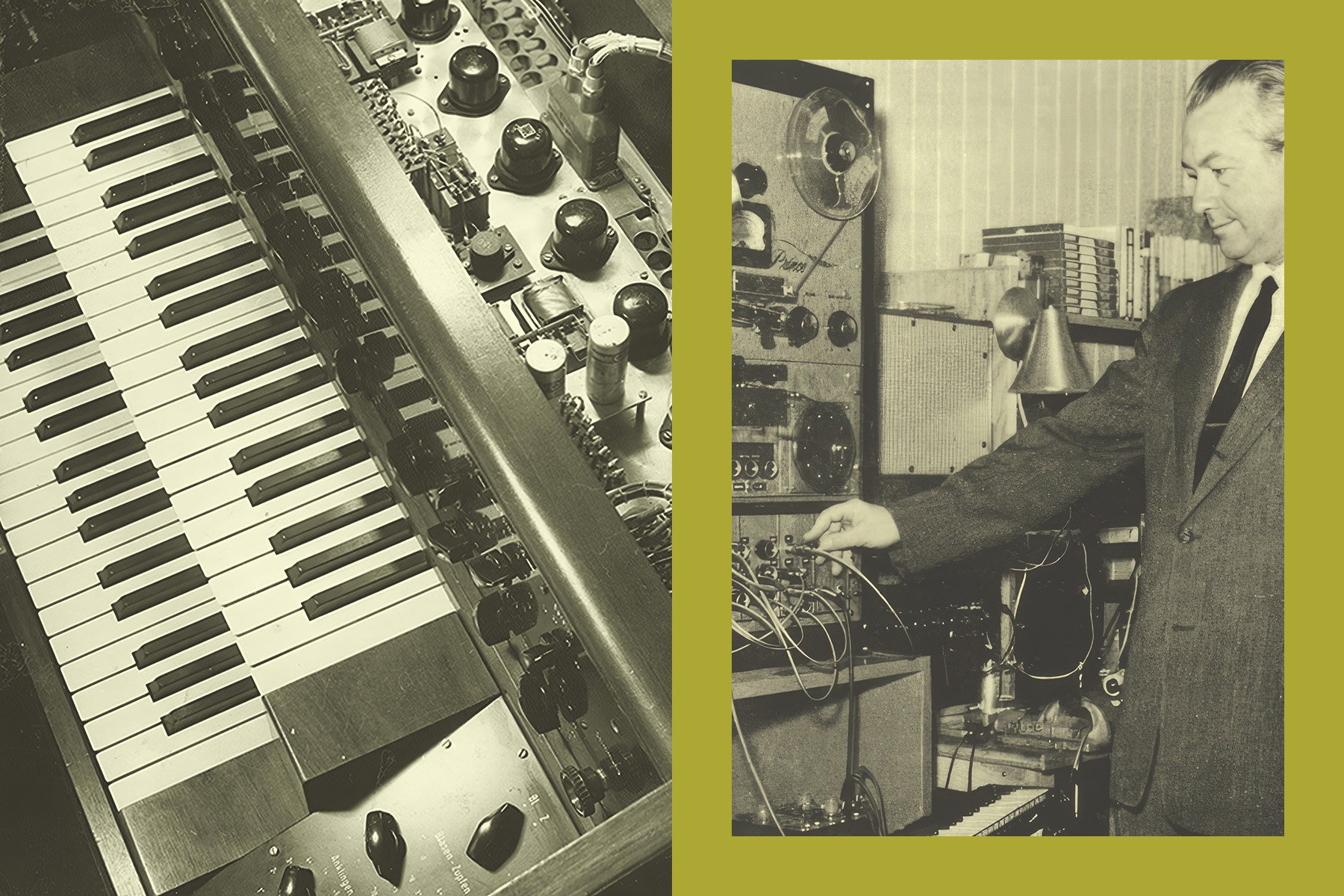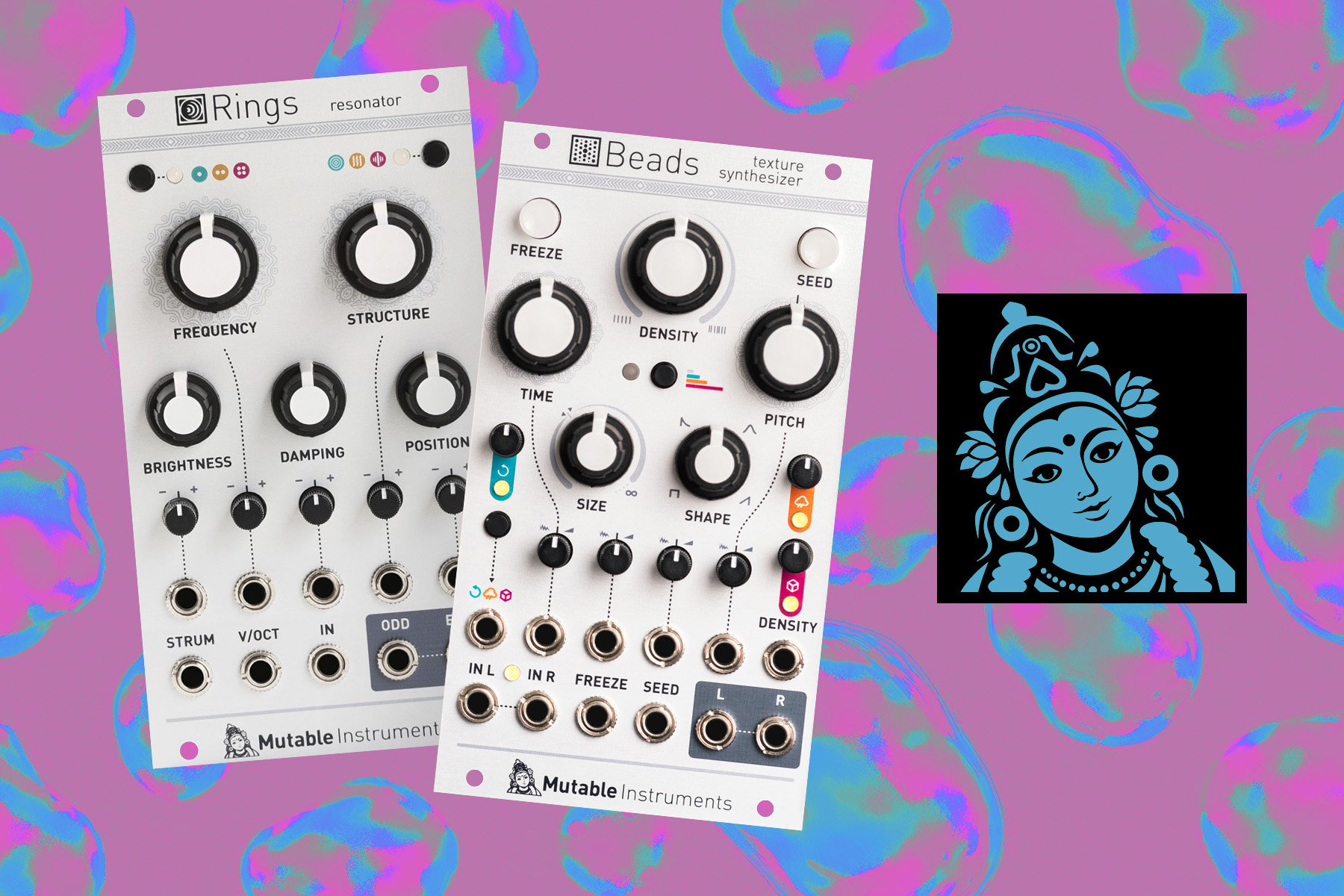Roland's AIRA Compact P-6 is an all-new addition to their lineup of portable, battery-powered instruments. This time, Roland took on the challenge of building a compact, intuitive, and fun sampler. That's no small feat...but we dare say that they have succeeded.
Like the other members of the AIRA Compact family, the P-6 features sync inputs and outputs, MIDI capability, audio over USB, and smart audio chaining. As such, it's easy to integrate the P-6 into any workflow; and likewise, it could easily make a strong starting point for a new hardware-based performance or production setup. Taking inspiration from the famed SP-404, yet taking sampling concepts in its own unique direction, the AIRA Compact P-6 is capable of sample chopping, granular sample manipulation, and much more. It will find a place in nearly any genre, from dance music to experimental soundscapes.
We had the opportunity to talk with AIRA Compact P-6 project leader Hiromu Nagasawa-San, who led the P-6's development from its inception to its release. He shares key insights into the motivations behind some of its most interesting features, and offers some thoughts about how it fits into the bigger picture of electronic music gear. Read the full interview below!
Making the AIRA Compact P-6
Perfect Circuit: Thanks so much for taking the time to chat with us about the new AIRA Compact P-6. Before we begin, can you introduce yourselves to our readers? Briefly tell us a little bit about what you do at Roland and your roles in developing this new product.
Hiromu Nagasawa: Hello. My name is Nagasawa. I am the project leader of P-6. The project leader plans the product and manages the project until it is released.
PC: The P-6 Creative Sampler seems like it has some clever tricks up its sleeve. Can you tell us about the P-6 in your own words? And why was now the right time to add a sampler to the AIRA Compact lineup?
HN: P-6 is a sampler that everyone can enjoy. Basically, the main function is easy sampling, and playbackwith effects—so I want to recommend P-6 as a first sampler. Not only that, P-6 has super deep functions such as synthesis, chop and granular. So, equipment enthusiasts will also love it.
We wanted to add a sampler to the AIRA Compact series, because samplers can support such a wide variety of genres. Additionally, many customer requests were also received.
To build a sampler in this small format, there were many tasks to clear. However, we were able to solve problems through the dedication of our engineers, and were be able to realize this product.
PC: Are there any special features or integrations to be had when using multiple AIRA Compact instruments together?
HN: As a factory setting, you can play in sync by simply connecting multiple AIRA Compact instruments with MIDI (using a 3.5mm stereo cable). Also, when you change the pattern of the master, all devices are set to change the pattern in sync. (MIDI channel 16 is common Program Change Channel of the AIRA Compact series, by default.)
Also, some parts of the P-6 granular parameters are assigned to S-1 knobs.
PC: Thanks to its external line input, built-in microphone, and audio-over-USB capabilities the P-6 can easily capture samples of anything. Was this versatility a key design goal during development? What have been some of your favorite things to sample with the P-6?
HN: Sampling was most the important function from planning. I wanted to make sampling as easy as possible, so we cut some workflows like where to record from, adjusting level, etc.
Recording a friend's voice using the built-in microphone is fun, but sampling sounds like city-pop using a USB connection is also charming.
PC: Much of the P-6 workflow centers around using its sequencer in different ways. In addition to classic TR-style sequencing, other features like sample chopping and Step Sampling look to be very fast and easy to do. Was it a challenge to balance intuitive interaction with repurposing the same set of buttons for multiple features?
HN: This time, we were able to keep the simplicity of the main features, and added various functions. For side functions that do not have dedicated buttons, we consider what the most reasonable method of operation is.
Also, I personally think the 16-step sequencer is a very interesting theme. Although the interface for typing notes in a 16-step sequencer has been done before, the operation method varies depending on the device. This is because having only one additional button completely changes the best operation. This time, we use the same methods as the S-1. Some other functions are implemented from this interface.
For example, the CHOP function takes advantage of the 16 step buttons. Basically, the chop function helps making break beats from a drum loop. But P-6 also uses the chop function for saving the sample space with step sampling.
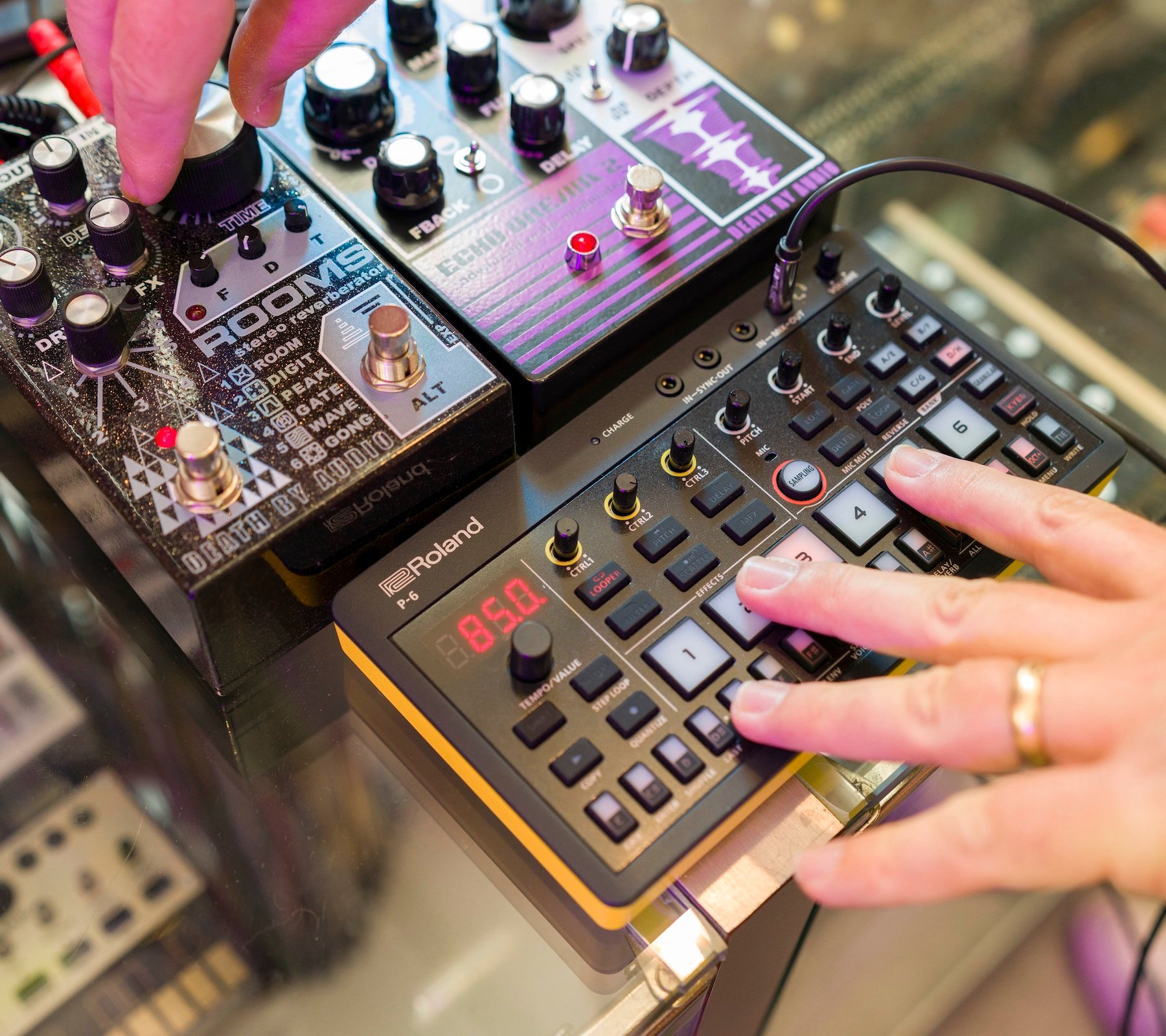
PC: One of the things we're sure will get a lot of folks excited about the P-6 is its Granular Sampling engine. Was this feature planned for the P-6 from the beginning of its development? How do you see it extending the sonic possibilities of the P-6?
HN: Granular had been planned from the start of development as an "extra" function. However, a different dimension from what I had imagined was completed, thanks to an engineer (he also made the ODB-3).
Thanks to the addition of a Granular engine, P-6 is now capable of handling contemporary and experimental music. When converting a longer note sample to pad sound, the sound changes into a beautiful drone. Let me recomment preset pattern 1-05—this patten has a good granular sound. I also like the texture of the sound when I drop pitch with the Granular.
PC: Performance Effects make an appearance on the P-6, offering master bus effects processing similar to other Roland products like the SP-404 and TR-8. In curating the effects that are available for the P-6, was it necessary to make special considerations for this new instrument?
HN: The bus on the P-6 is basically a function that turns the MFX on/off for each pad, but it also has a function that crossfades each bus. This is an experimental function added at the end of development, so I’m very happy if the player finds the way to use it.
PC: In our eyes, the AIRA Compact instruments are some of the most thoughtfully designed (and fun!) products at their price point. Do you envision a certain type of artist using these devices on their own, in tandem with each other, and/or among a greater collection of studio gear?
HN: AIRA Compact is developed as a practical gear for live and production. Although the price is affordable, it has the specifications and sound quality that can withstand performance. I also use T-8 and S-1 regularly in my performance. I will add P-6 to setup after it is released.
I also enjoy having a session with my friends, so I recommend it.
PC: Roland has a rich history of producing legendary instruments. Do you find it thrilling or intimidating to contribute to a legacy filled with incredible products like the TR-808, SP-404, and countless other devices? What do you think (or hope) the world will think of the P-6 in 10, 20, 50 years from now?
HN: This time, it might be better to be friendly than legendary. I would be happy if synths or samplers became more casual for people everywhere with AIRA Compact.
If someone enters this world with the P-6, I would be very pleased.



